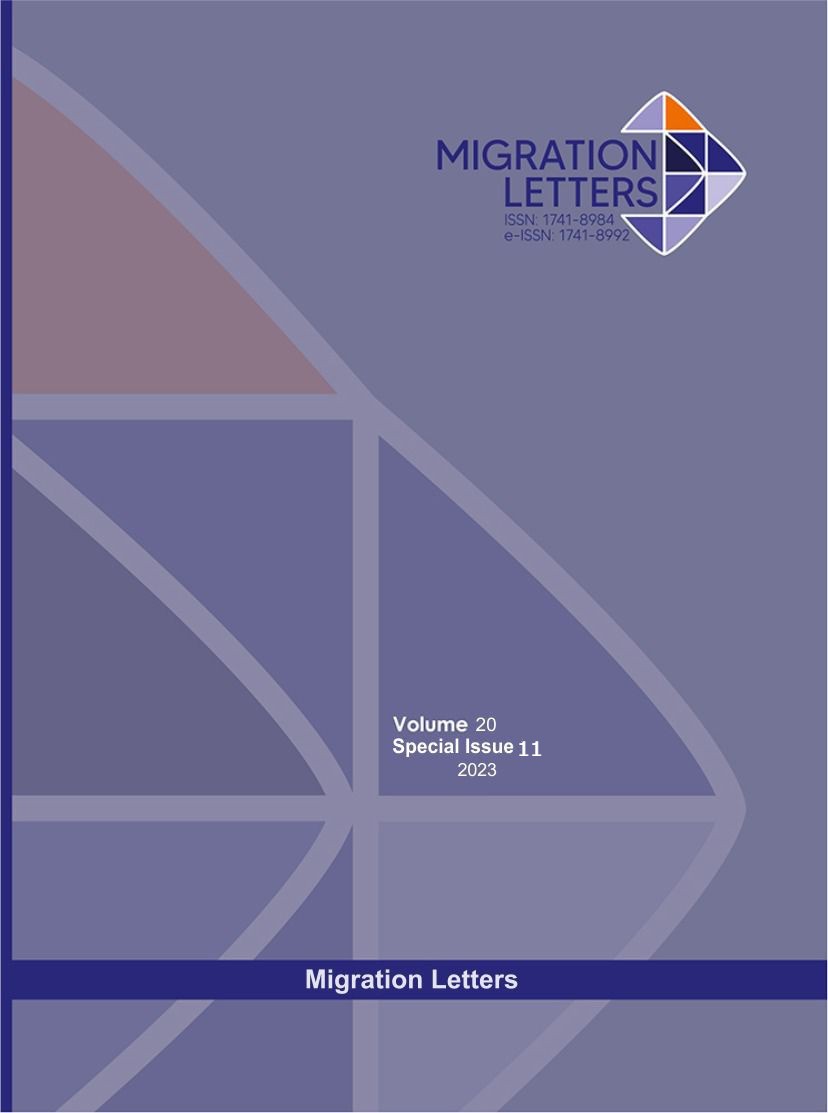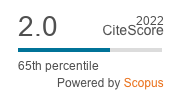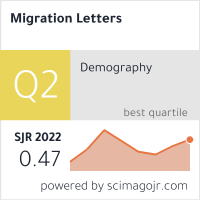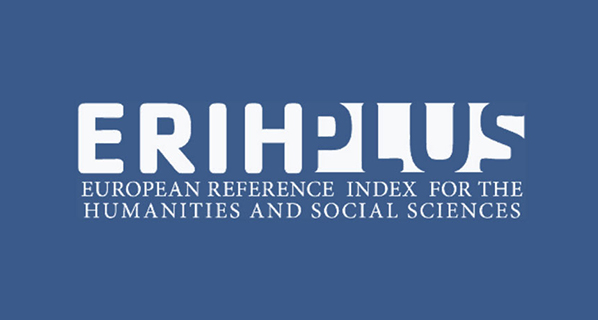Effect of Education of Women of Reproductive Age, Household Income, Age of First Marriage, Length of Marriage and Infant Mortality on Fertility
DOI:
https://doi.org/10.59670/ml.v20iS11.5718Abstract
In the last ten years, according to the results of a comparison between the total fertility rate from the 2010 Population Census and the 2022 Long Form Population Census, South Kalimantan Province was ranked second nationally with the lowest decline of 0.04 points. There has been stagnation in the decline in fertility in South Kalimantan. The purpose of this study was to determine the dominant variable that influences fertility in South Kalimantan. The independent variables involved were the education of women of childbearing age, age at first marriage, length of marriage, and infant mortality. The grand theory used comes from the fertility theory put forward by Freedman. The statistical method used is path analysis using data from the 2022 National Socioeconomic Survey (Susenas) in South Kalimantan Province. The results showed that all variables significantly affect fertility with infant mortality having the greatest influence on fertility.
Metrics
Downloads
Published
How to Cite
Issue
Section
License

This work is licensed under a Creative Commons Attribution-NonCommercial-NoDerivatives 4.0 International License.
CC Attribution-NonCommercial-NoDerivatives 4.0






